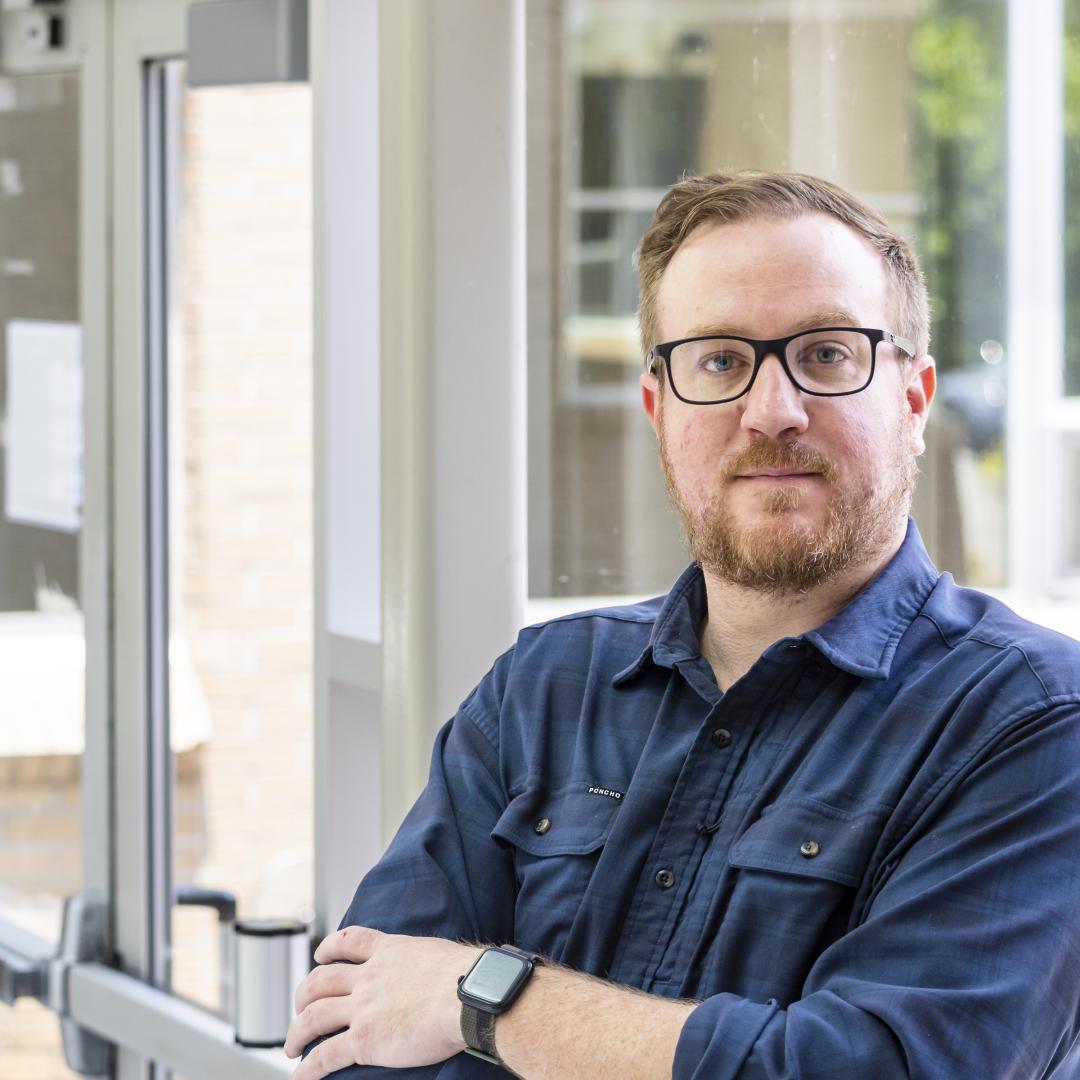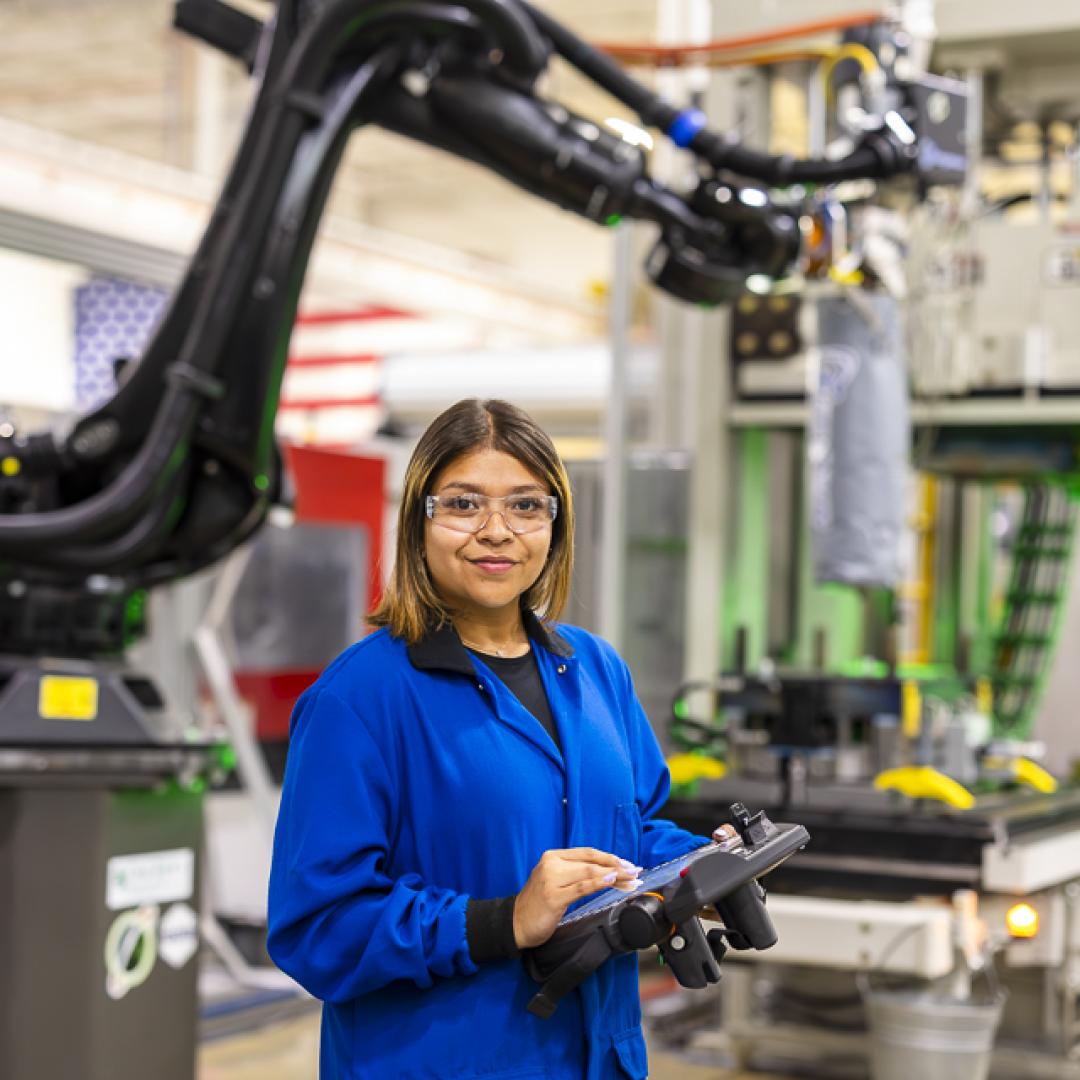
Filter News
Area of Research
News Type
News Topics
- (-) Clean Water (3)
- (-) Climate Change (11)
- (-) Computer Science (27)
- (-) Fusion (6)
- (-) Isotopes (7)
- (-) Materials Science (15)
- (-) Mercury (1)
- (-) Nuclear Energy (14)
- (-) Polymers (3)
- (-) Quantum Science (14)
- 3-D Printing/Advanced Manufacturing (18)
- Advanced Reactors (4)
- Artificial Intelligence (21)
- Big Data (7)
- Bioenergy (12)
- Biology (11)
- Biomedical (6)
- Biotechnology (5)
- Buildings (8)
- Chemical Sciences (8)
- Composites (4)
- Critical Materials (2)
- Decarbonization (13)
- Education (1)
- Emergency (1)
- Energy Storage (7)
- Environment (22)
- Exascale Computing (7)
- Fossil Energy (2)
- Frontier (6)
- Grid (7)
- High-Performance Computing (9)
- Machine Learning (6)
- Materials (10)
- Mathematics (3)
- Microscopy (3)
- Nanotechnology (3)
- National Security (14)
- Net Zero (3)
- Neutron Science (10)
- Partnerships (11)
- Physics (6)
- Quantum Computing (9)
- Security (2)
- Simulation (10)
- Space Exploration (4)
- Statistics (1)
- Summit (8)
- Sustainable Energy (15)
- Transportation (6)
Media Contacts
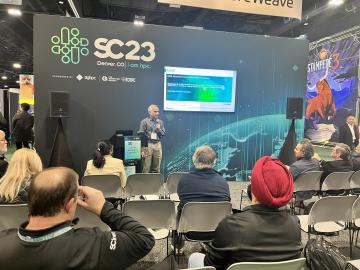
ORNL’s successes in QIS and its forward-looking strategy were recently recognized in the form of three funding awards that will help ensure the laboratory remains a leader in advancing quantum computers and networks.
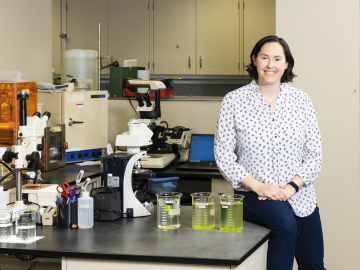
Louise Stevenson uses her expertise as an environmental toxicologist to evaluate the effects of stressors such as chemicals and other contaminants on aquatic systems.
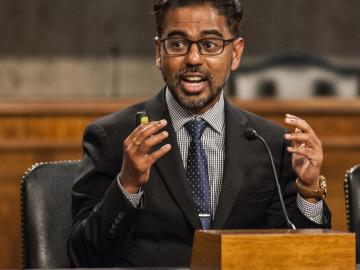
In summer 2023, ORNL's Prasanna Balaprakash was invited to speak at a roundtable discussion focused on the importance of academic artificial intelligence research and development hosted by the White House Office of Science and Technology Policy and the U.S. National Science Foundation.
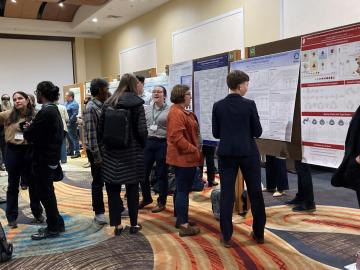
The 21st Symposium on Separation Science and Technology for Energy Applications, Oct. 23-26 at the Embassy Suites by Hilton West in Knoxville, attracted 109 researchers, including some from Austria and the Czech Republic. Besides attending many technical sessions, they had the opportunity to tour the Graphite Reactor, High Flux Isotope Reactor and both supercomputers at ORNL.
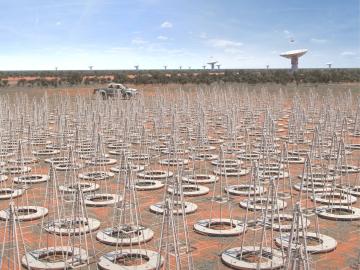
For nearly three decades, scientists and engineers across the globe have worked on the Square Kilometre Array (SKA), a project focused on designing and building the world’s largest radio telescope. Although the SKA will collect enormous amounts of precise astronomical data in record time, scientific breakthroughs will only be possible with systems able to efficiently process that data.
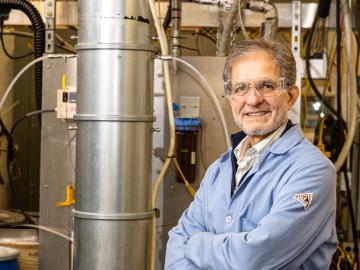
While Tsouris’ water research is diverse in scope, its fundamentals are based on basic science principles that remain largely unchanged, particularly in a mature field like chemical engineering.
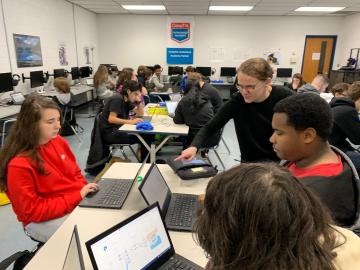
ORNL computer scientist Catherine Schuman returned to her alma mater, Harriman High School, to lead Hour of Code activities and talk to students about her job as a researcher.
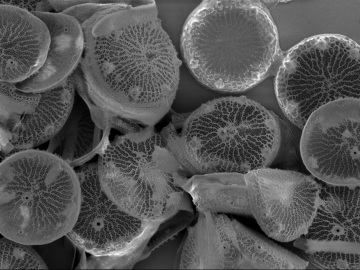
Students often participate in internships and receive formal training in their chosen career fields during college, but some pursue professional development opportunities even earlier.
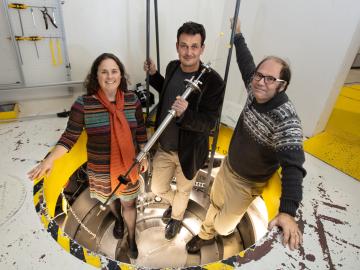
Scientists at the U.S. Department of Energy’s Brookhaven National Laboratory have new experimental evidence and a predictive theory that solves a long-standing materials science mystery: why certain crystalline materials shrink when heated.
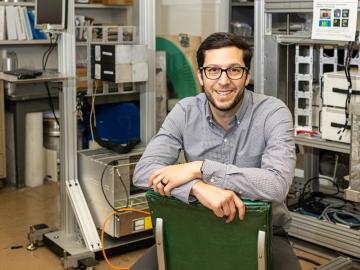
Jason Nattress, an Alvin M. Weinberg Fellow at the Department of Energy’s Oak Ridge National Laboratory, found his calling on a nuclear submarine.


